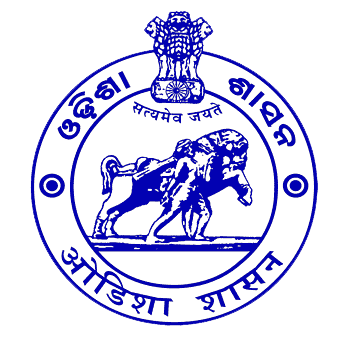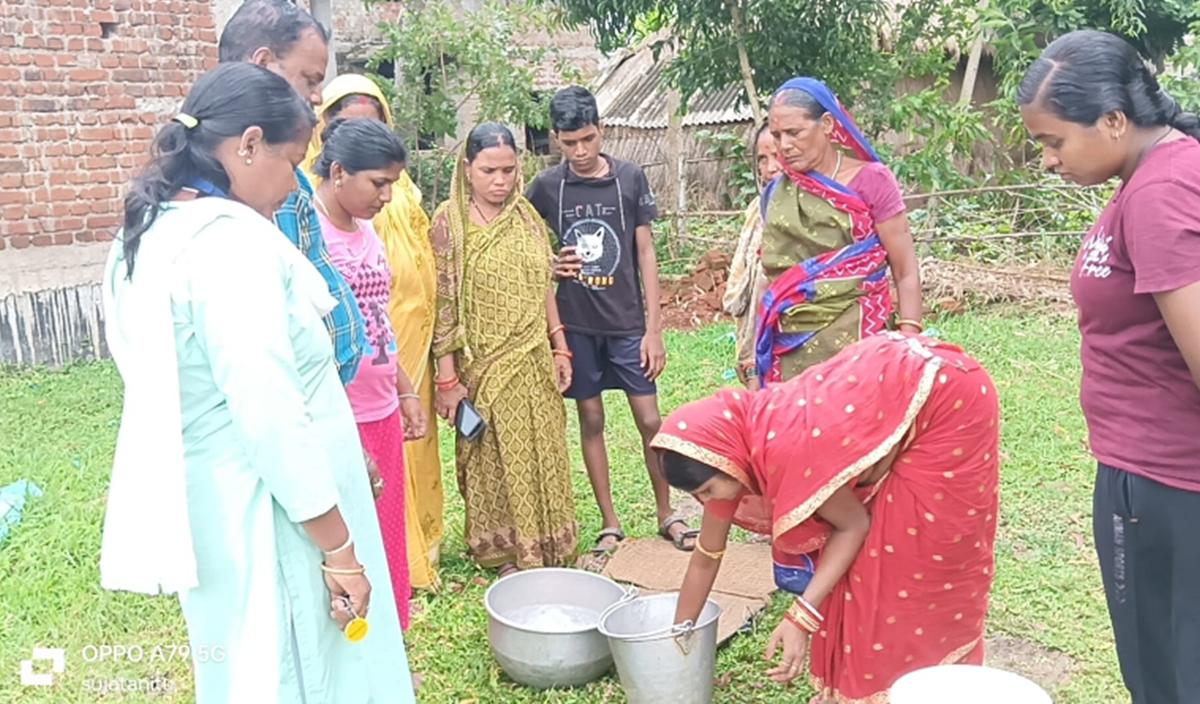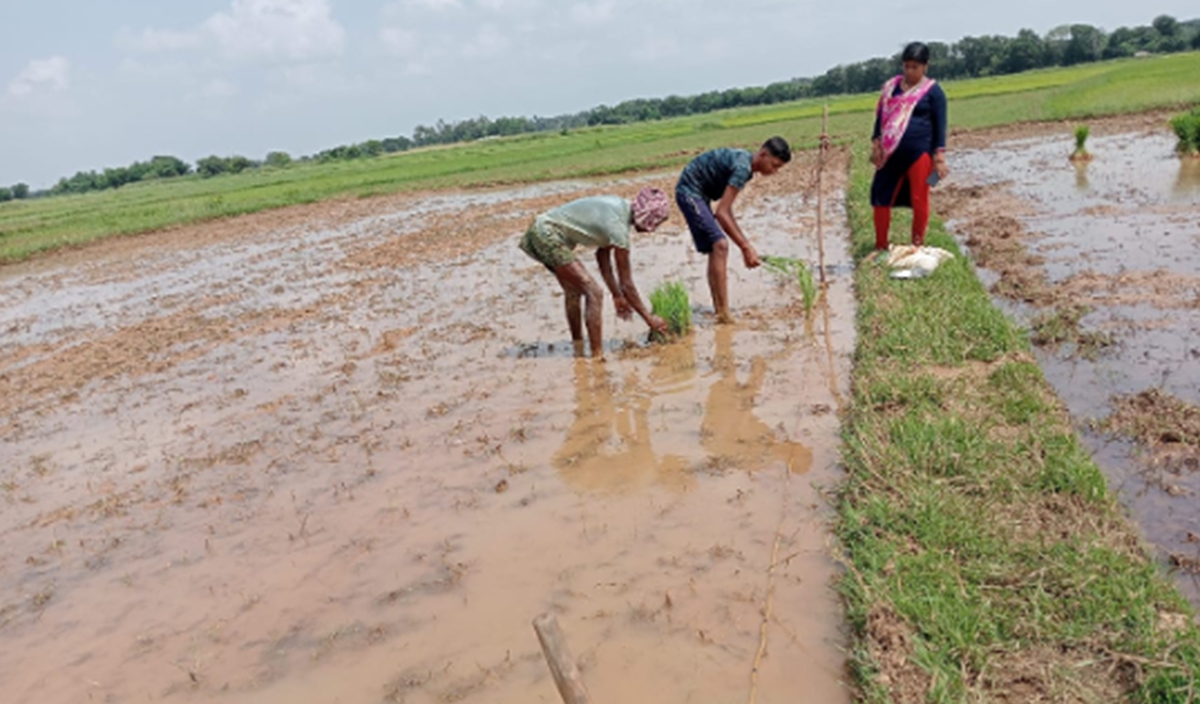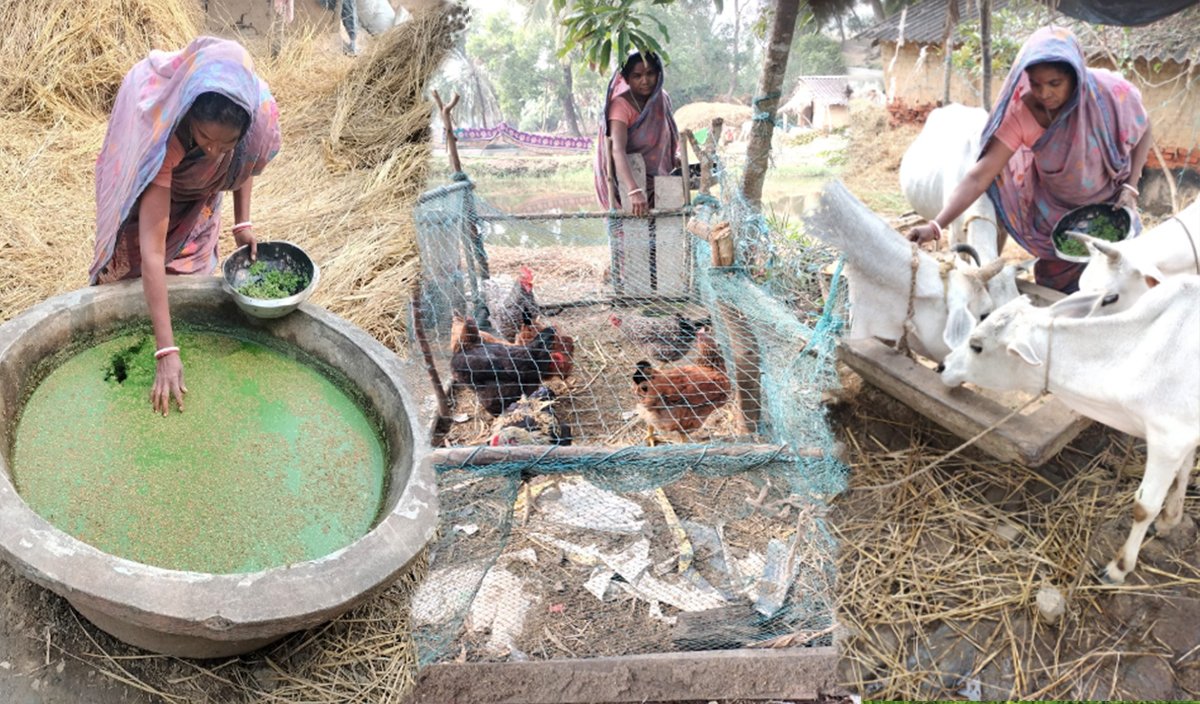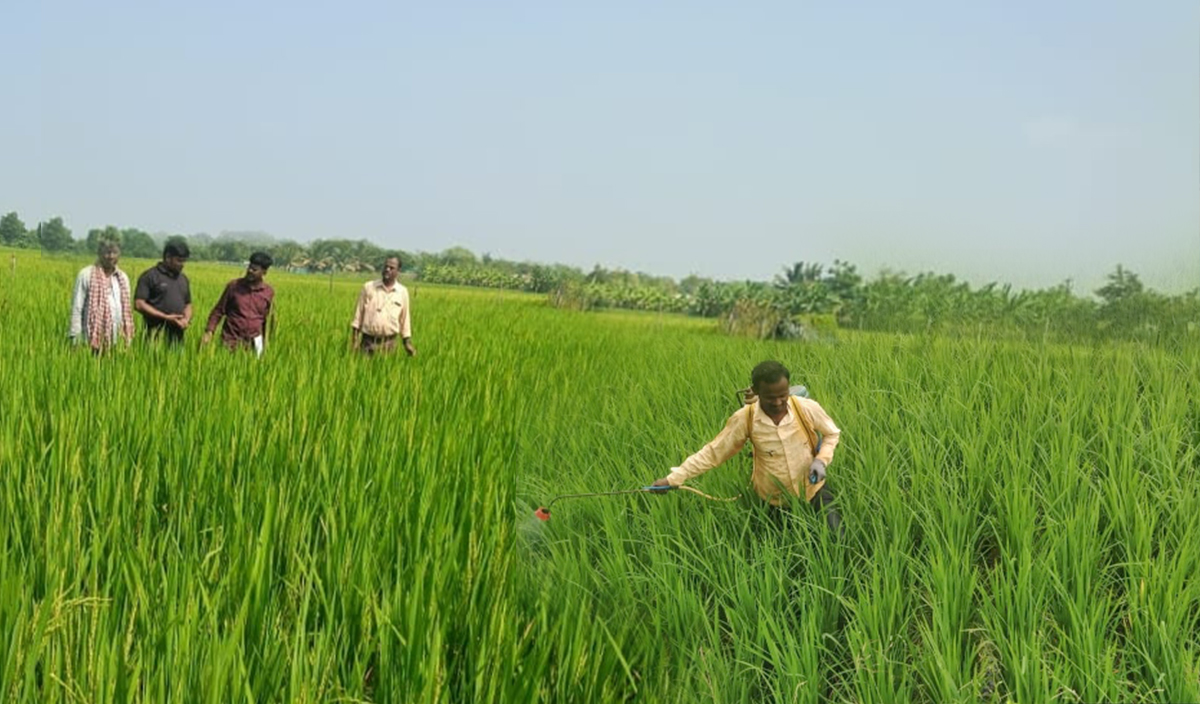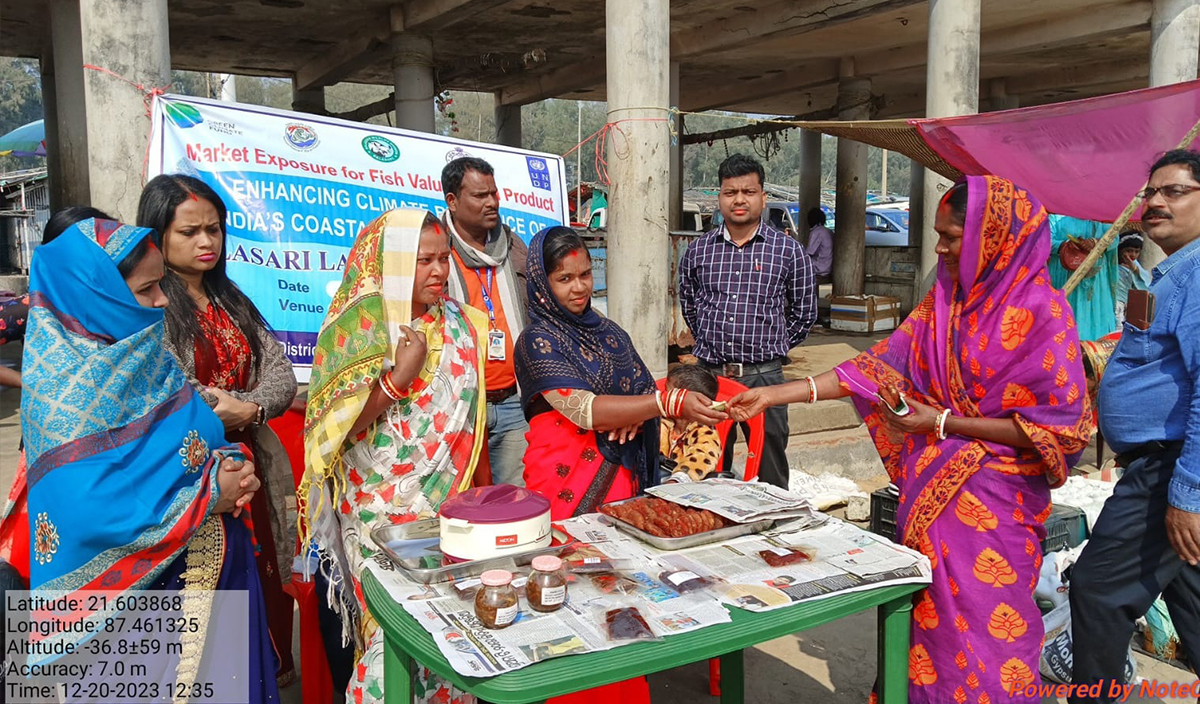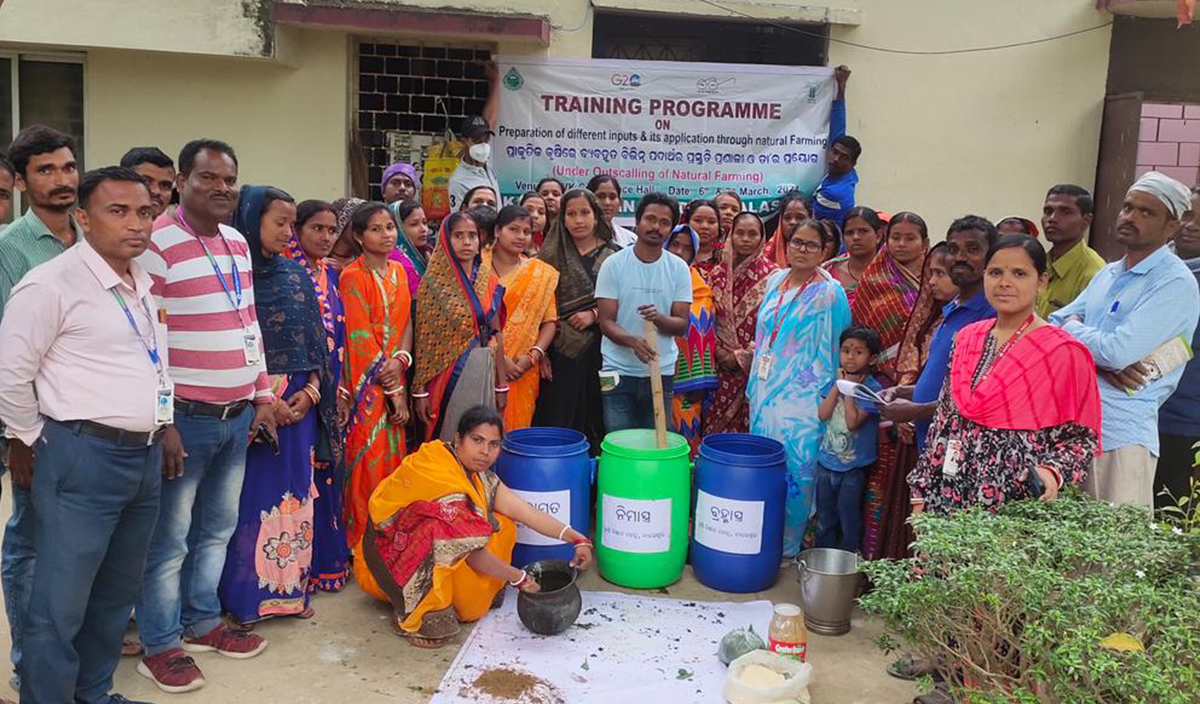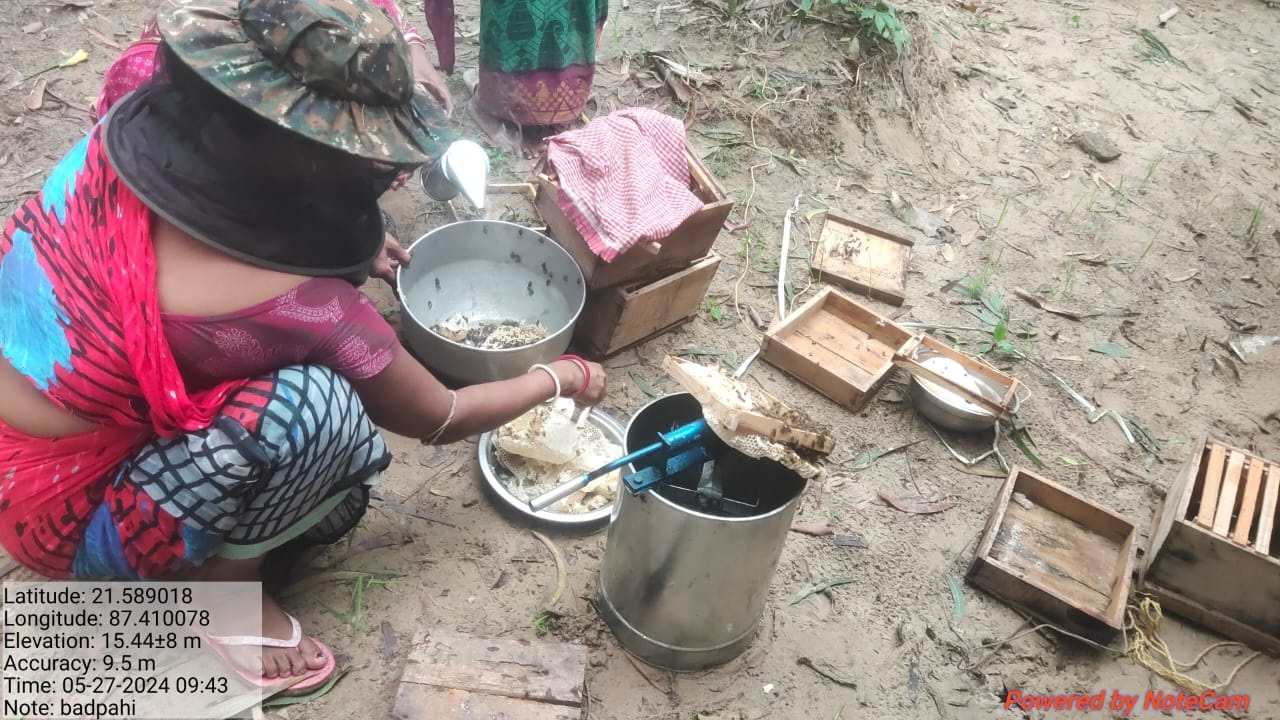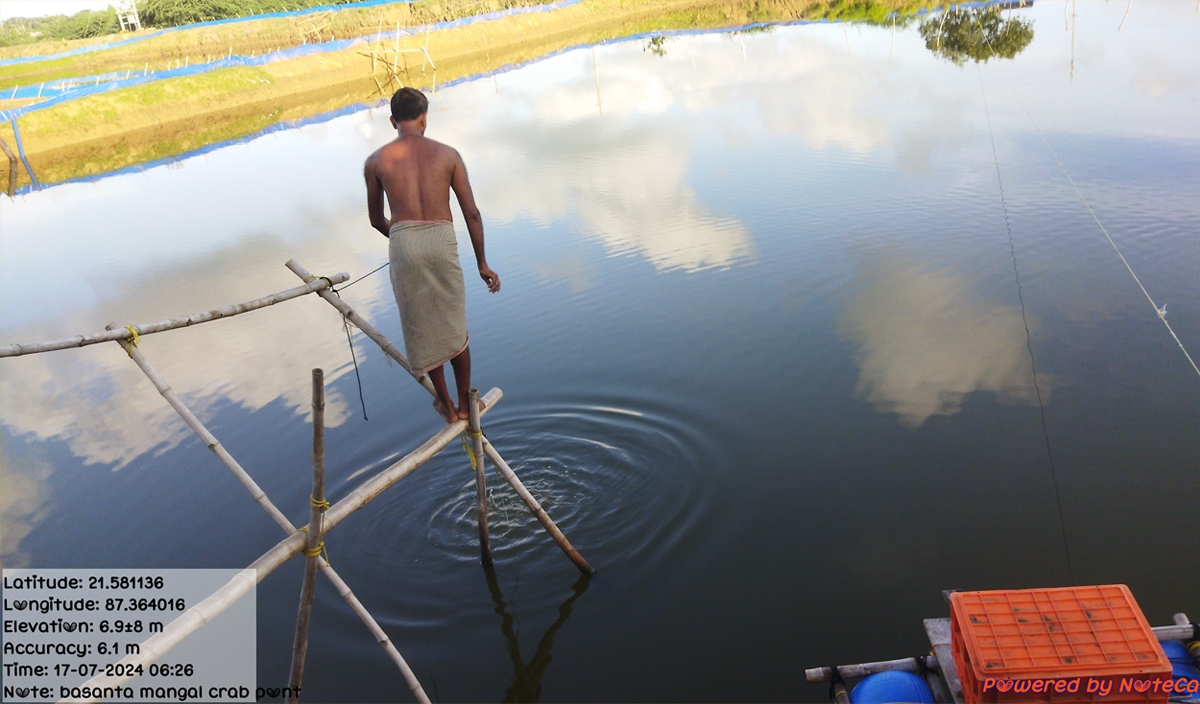SRI: A New Solution for Paddy Farmer Kamini
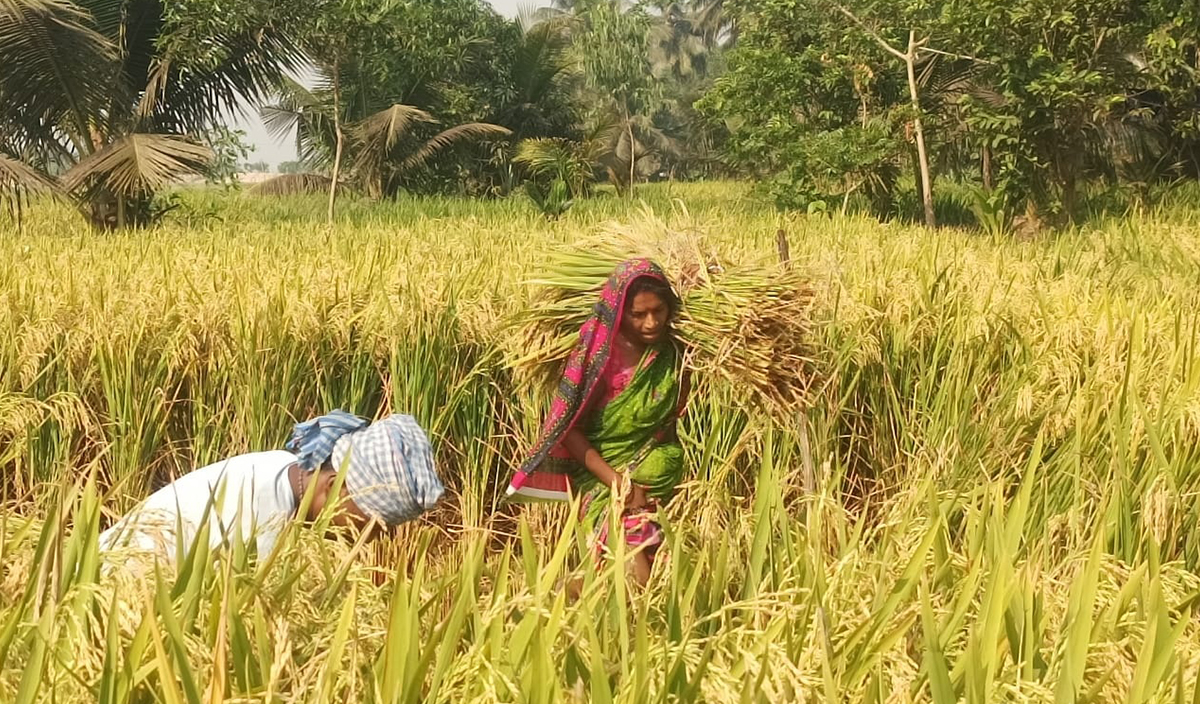
Farmers in the village of Kanthibhaunri, Balasore, Odisha, practiced chemical-intensive paddy farming for a long time. Although these practices improved yields, they were economically and ecologically expensive. Increased expenses alongside the ecological damage made farming a difficult source of income, particularly for the women who were heavily involved in the paddy fields. In the midst of this chaos, the System of Rice Intensification method through the ECRICC project served as a solution and hope for Kamini and many other farmers because it drastically increased profits while being environmentally friendly.
The Start of Something New
Kamini has always been a determined paddy cultivator in her village to ensure the sustenance of her family. With that said, like other residents of Kanthibhaunri, she started to struggle. There was always a need for chemical fertilizers, but the brute overuse of industrial chemicals was highly damaging to the ecosystem, with terrible substance pesticide runoff draining into the soil. These factors along with the less than adequate Kamini was able to gain from these lands made him wonder if there were better alternatives. When Kamini found out about the SRI method through the ECRICC project, she went in with an open mind. Her complete reliance on chemicals made her pessimistic, but she had nothing to lose. So, she set out to embrace the change.
Revolutionizing Agriculture with SRI
The SRI project was funded by the Department of Environment, Forest, and Climate Change (DoEFCC) along with Balasore Social Service Society (BSSS), and was aimed at helping Kamini's village in adopting the new farming techniques. Along with all the other farmers in her village, Kamini underwent training that would soon transform her approach to farming SRI. It commenced with training at the bottom levels. Farmers were picked from both CLF and GPLF networks and trained at the SHG and GPLF levels. Kamini was part of tun training and was taught SRI principles which included transplanting at the two leaf stage, packing, and organic fertilization instead of chemicals. Kamini also received support from the climate champions and cluster coordinators, who helped her in the field implement what she had been taught. In addition to the project, organic manure was provided as an agricultural resource and the advantages of SRI were shown with pilot demonstrations. These demonstrations assisted in dispelling the concerns of reluctant farmers and motivated them to adopt this novel approach in their fields.
What Must Be Done
Kamini’s shift to SRI practices produced astonishing results. Her paddy yield increased between 35 and 45 percent, all the while chemical applications were reduced. Best of all, the yields translated into profit. Gouri Dalei, another share cropper that Kamini had, experienced the same results as well. Gouri’s net income increased during his farming of a 0.25-acre plot from 10,440 to 15,140 which is a whopping 4700 additional rupees.
This increase in income enabled Gouri to give her granddaughters a better education and healthcare, granting them a better quality of life. Likewise, Kamini was in a much better situation to strengthen her family’s future as she was able to provide them with support without worrying. Additionally, the use of chemical fertilizers on the land has reduced, enabling better soil health and the land’s long-term sustainability.
Moving Forward
Success, of course, comes at a price. Skepticism was the farmers’ initial reaction to using the SRI methodology where they transplant a single, tiny seedling at the two-leaf growth stage. Many were doubtful whether the process would have any positive results. This hurdle was resolved, however, through the SRI demonstration fields. In addition, exposure visits helped farmers gain confidence to implement the method when they were shown SRI success stories.
Adopting the changes, Kamini became one of the stronger proponents of SRI. She worked tirelessly to advocate for the system, encouraging fellow farmers to test it’s effectiveness, using her success story as motivation to get them on board.
A Testimonial
Kamini’s journey showcases how resilience and support can help someone a great deal. "SRI has transformed my life. I can now yield much more, and the earnings allow me to provide my family with better amenities. This all gives me reason to believe that this is indeed the way forward for all of us,” Kamini explained.
A Model for the Future
With SRI, Kamini was able to achieve success which later on, inspired the rest of the community. She is also diving deeper into research to widen the scope of where SRI can be implemented. She is empowering other farmers to gain marketing as well as economic skills and plans on convincing them to make this shift towards profitability. As said earlier, Kamini’s case proves that when there is innovation and the right backup, even the largest challenges can be tackled allowing farmers and their families to have a brighter, more resilient, and hopeful future.
With SRI, Kamini is working toward transforming it into a symbol of hope and a tool for economic resilience for her community. With rampant environmental issues, SRI can be a pathway towards sustainability. Kamini, along with many other farmers, will be provide evidence that we are within reaching distance of achieving a better and more sustainable world.

